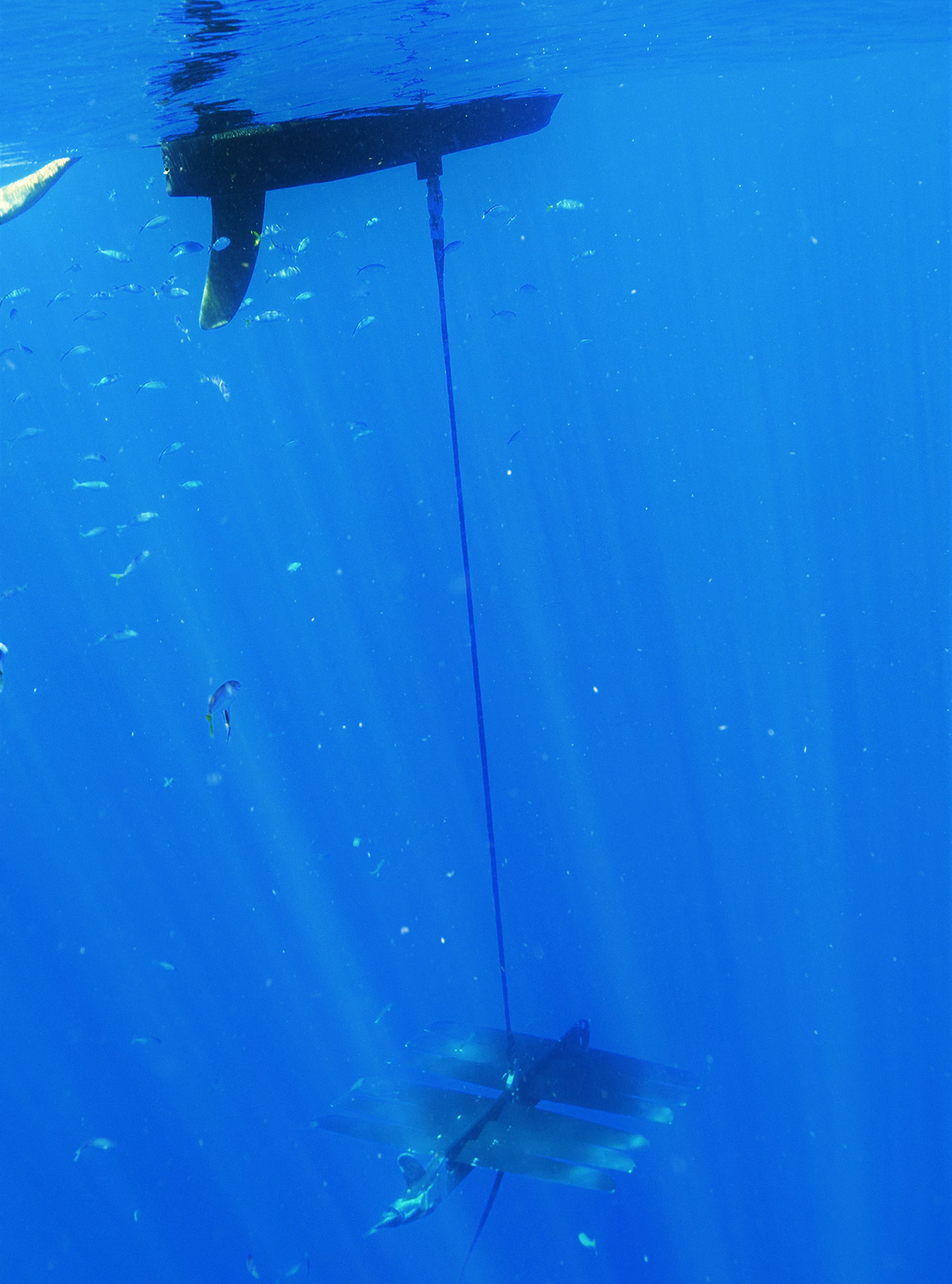

In this method, the camera is placed on the tracked device and looks outward to determine its location in the environment. Necessity of outside sensors means limited play space area.Occlusion, cameras need direct line of sight or else tracking will not work.Lower latency than inside-out tracking.More accurate readings, can be improved by adding more cameras.However, this solution is space-limited, needing external sensors in constant view of the device. This method is the most mature, having applications not only in VR but also in motion capture technology for film. The original Oculus Rift utilizes this technique, placing a constellation of IR LEDs on its headset and controllers to allow external cameras in the environment to read their positions. Having multiple cameras allows for different views of the same markers, and this overlap allows for accurate readings of the device position. In this method, cameras are placed in stationary locations in the environment to track the position of markers on the tracked device, such as a head mounted display or controllers. Markerless tracking does not require any pre-placed targets, instead using the natural features of the surrounding environment to determine position and orientation. Passive implementations are retroreflectors which reflect the IR light back towards the source with little scattering. Active implementations feature markers with built-in IR LED lights which can turn on and off to sync with the camera, making it easier to block out other IR lights in the tracking area. Markers can be visible, such as printed QR codes, but many use infrared (IR) light that can only be picked up by cameras. Tracking with markers involves targets with known patterns to serve as reference points, and cameras constantly seek these markers and then use various algorithms (for example, POSIT algorithm) to extract the position of the object. Optical tracking can be done either with or without markers. Furthermore, the system requires a direct line of light without occlusions, otherwise it will receive wrong data. Optical systems are reliable and relatively inexpensive, but they can be difficult to calibrate. In optical tracking, cameras are calibrated to determine the distance to the object and its position in space. When a person looks at an object using binocular vision, he/she is able to define approximately at what distance the object is placed due to the difference in perspective between the two eyes. This method is based on the same principle as stereoscopic human vision. Optical tracking uses cameras placed on or around the headset to determine position and orientation based on computer vision algorithms. Low latency (define) rate relative to other sensors.Low sampling rate can decrease accuracy.User experiences unconstrained movement.
TRACKINGTIME WAVE UPDATE
By using sensor fusion and high speed algorithms, the tracking precision can reach 5 mm level with update speeds of 200 Hz or 5 ms latency. A wireless technology called Ultra Wideband has enabled the position tracking to reach a precision of under 100 mm. The tags triangulate their 3D position using the anchors placed around the perimeter. This system is similar in concept to GPS, but works both indoors and outdoors. Wireless tracking uses a set of anchors that are placed around the perimeter of the tracking space and one or more tags that are tracked. Many interfaces have also been designed to monitor and control one's movement within and interaction with the virtual 3D space such interfaces must work closely with positional tracking systems to provide a seamless user experience. By and large, these physical locations are identified and defined using one or more of three coordinate systems: the Cartesian rectilinear system, the spherical polar system, and the cylindrical system. All of said methods utilize sensors which repeatedly record signals from transmitters on or near the tracked object(s), and then send that data to the computer in order to maintain an approximation of their physical locations. Several methods of tracking the position and orientation (pitch, yaw and roll) of the display and any associated objects or devices have been developed to achieve this. Because the purpose of VR is to emulate perceptions of reality, it is paramount that positional tracking be both accurate and precise so as not to break the illusion of three-dimensional space. In virtual reality (VR), positional tracking detects the precise position of the head-mounted displays, controllers, other objects or body parts within Euclidean space. For position tracking with incremental encoders, see Incremental encoder § Position tracking.


 0 kommentar(er)
0 kommentar(er)
